Film prices have been rising steadily over the years, but for some reason, medium format (120) has remained stagnant. Just a quick recap, the most common non-instant film formats are 35mm (full frame equivalent) and, in a distance, medium format. 35mm film comes in a nice canister, almost always at 2:3 aspect ratio, and is what everyone thinks when “film” is mentioned. The same film can be used from the most expensive cameras (such as Leicas) to the one used by disposable drug store cameras, to what professional used to shoot until the digital revolution. 120 film, also known as medium format, has the same film area as 35mm film (36 exposure, the de facto standard), but it is almost 2x as wide, and thus, 2x shorter (and as a result, much fewer exposure per roll). The wider format allows for much more information/grains/pixels/unit per shot, and thus, was highly sought after for portraits and prints. For example, the entire series of photos taken on the moon by the Apollo team was all shot in medium format. As larger optics are required, they are much more expensive, and cameras/ lenses that were produced for medium format are almost always excellent. Photographers choose their shooting style, and there will always be a camera for them. Unlike 35mm (36mm x 24mm), there is no standard aspect ratio for the picture, except that it is always 60mm in width. Thus, the smallest format is 6×4.5 (60mm x 45mm), while the most common are 6×6 (square) and 6×7 (many legendary cameras use this format).
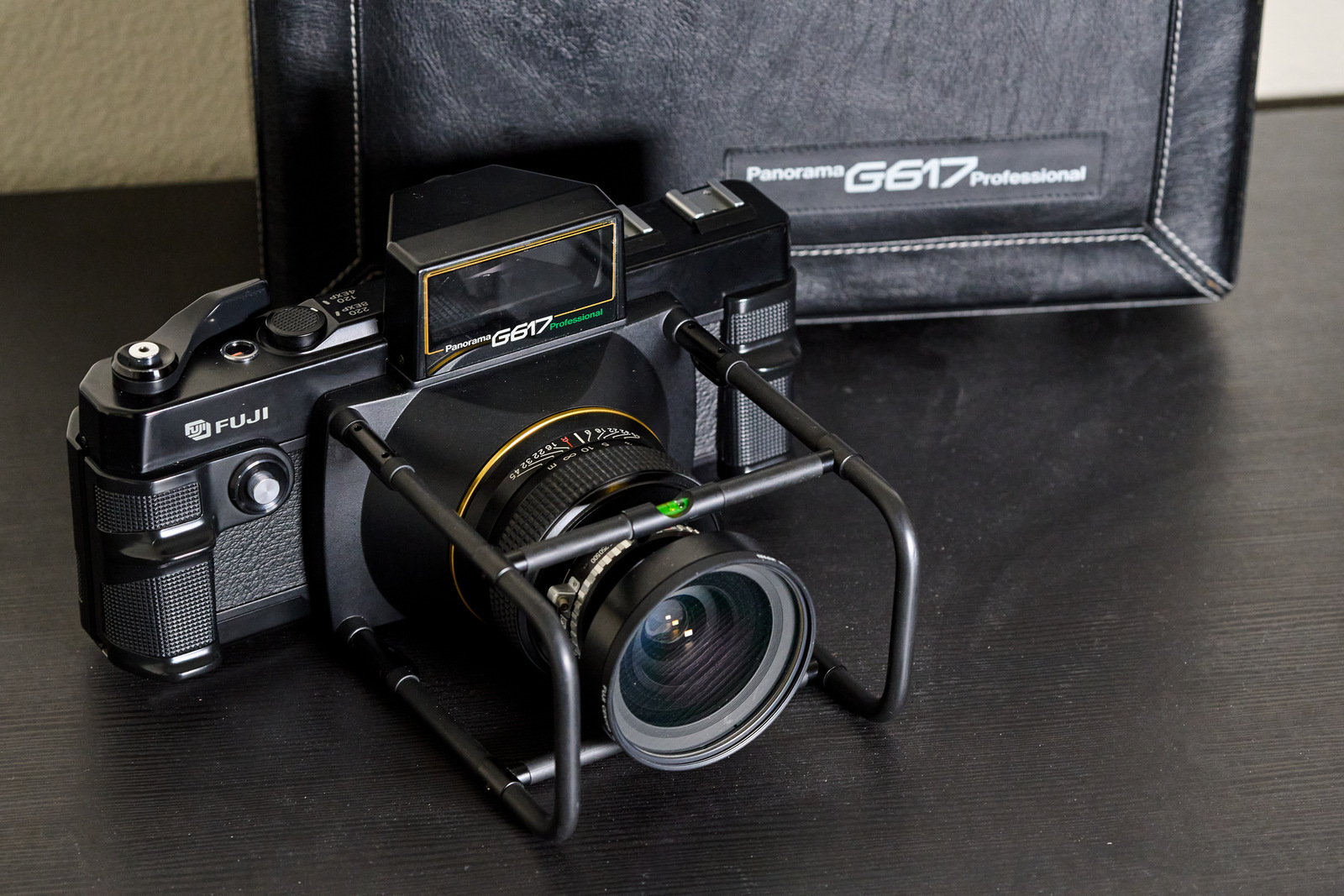
If you think about the cinematic format, I bet the format that comes to mind is the ultra-wide 21:9 cinematic widescreen. It is so wide, but never tall enough that black spaces are added to the top and bottom if you watch it on the wrong screens. This format always leaves an impression, even if the reel shoots the most mundane things ever. To replicate this specific look in still photography, panoramic cameras were introduced, to a similar 2.5:1 or 3:1 aspect ratio. The Fujifilm Fujica G617 was the 80s answer to this question, shooting each shot at 60mm by 170mm. Just for comparison (definitely very scientific), 500mp per shot compared to digital cameras, and a whopping 16000mp per shot compared to the iPhone 15.
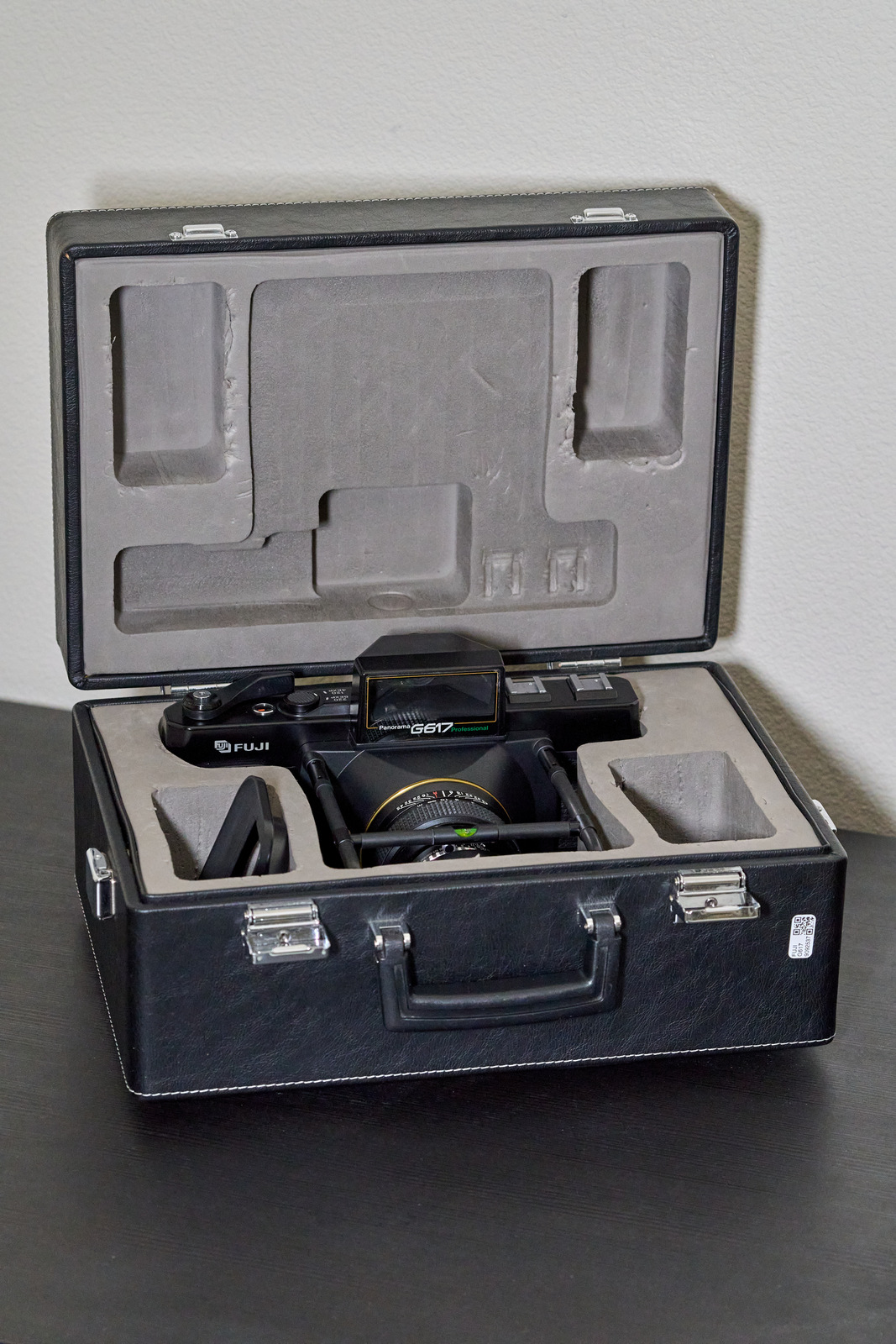
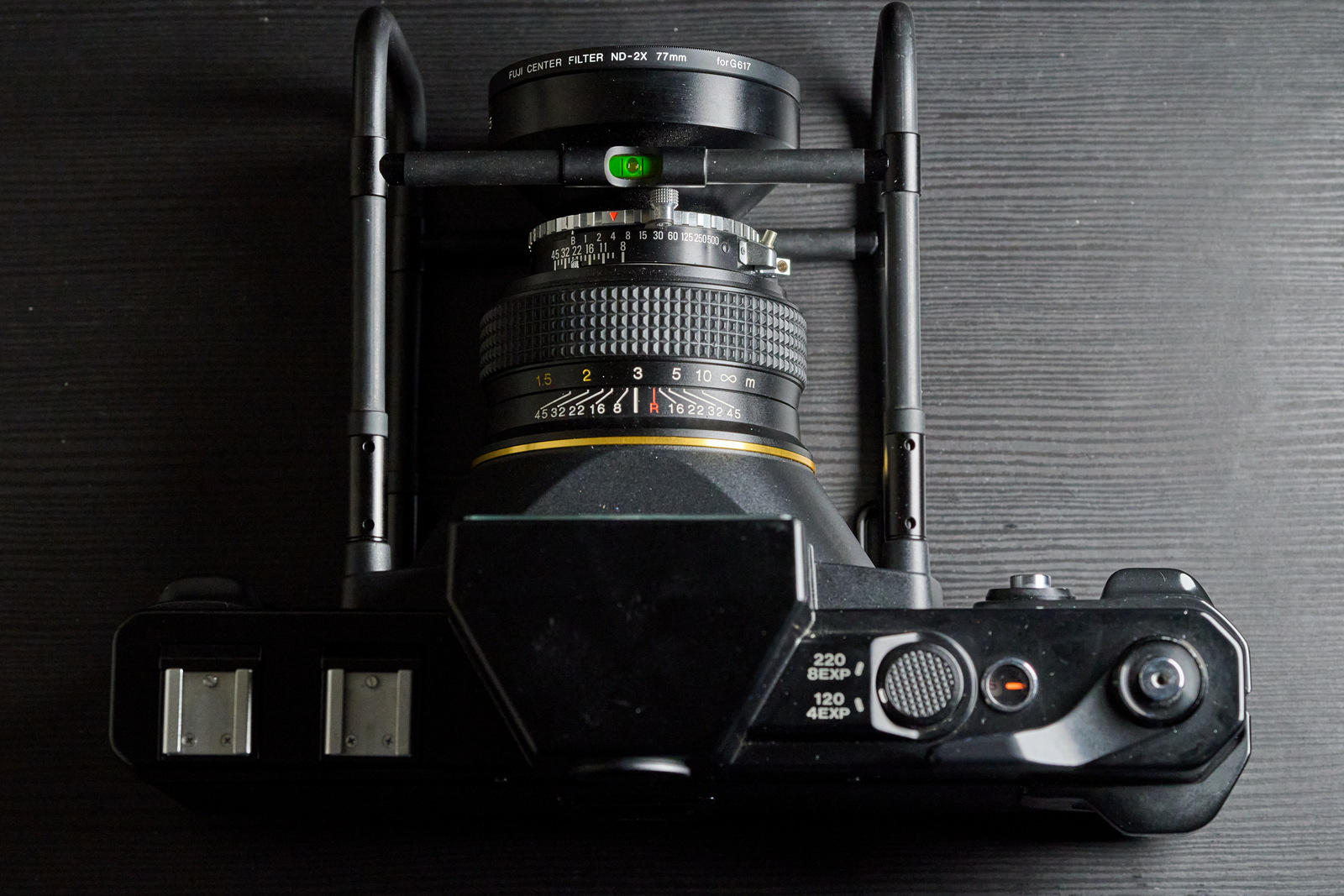
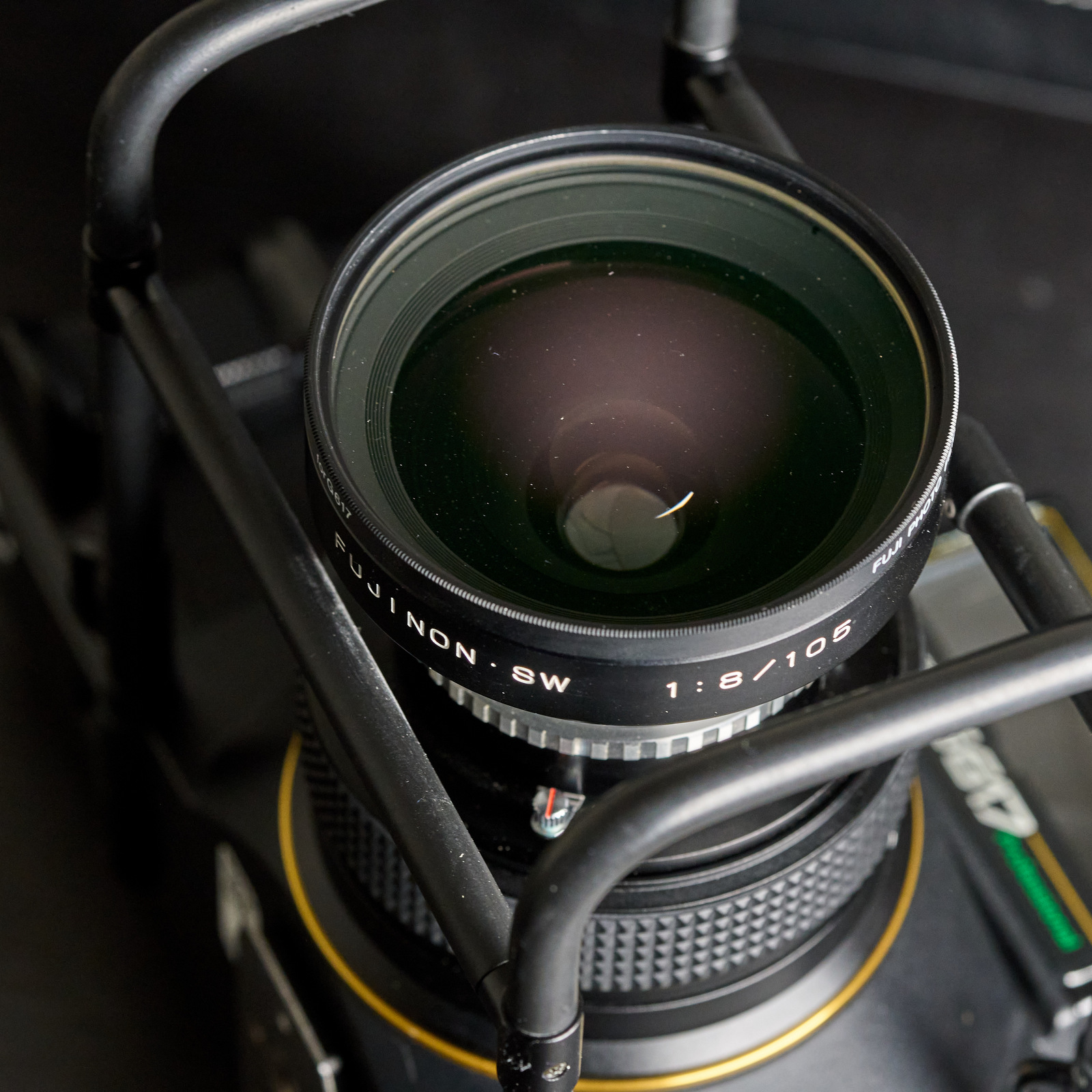
*TECHNICAL STUFF* Fujifilm did a great job back in the 80s – the camera came in a suitcase, and the basics are built into the camera. There is a steel cage to protect the lens (I don’t know how that works, but it helps with loading film). A bubble level is built onto one of the beams, which can be seen through the viewfinder and is very helpful. But the viewfinder is not very accurate, as I learned later. Other than that, it is a pretty standard camera – 8 winds to get to the first shot, 2.5 winds between shots, each roll gives you 4 shots. Pro tip: it takes around 8 winds to get to the end of the roll, the film will release tension after 4, but you still need a few more to get the entire film back into the spool. The shutter has to be loaded before it can be released by either of the shutter release buttons. The upside to a fully manual camera is that no battery is required, but that means there is no light meter, and aperture/shutter speed/focus has to be input manually onto the lens, and distance is guesstimate. Tech specs can be found elsewhere on the internet, but I’ll mention, the 105/8 lens and the size/weight of the camera meant that a tripod is almost always required, and so, we shot most of the shots at a very small aperture (f/22 to f/45). Using zone focusing, we did little adjustment needed to get most things in focus.
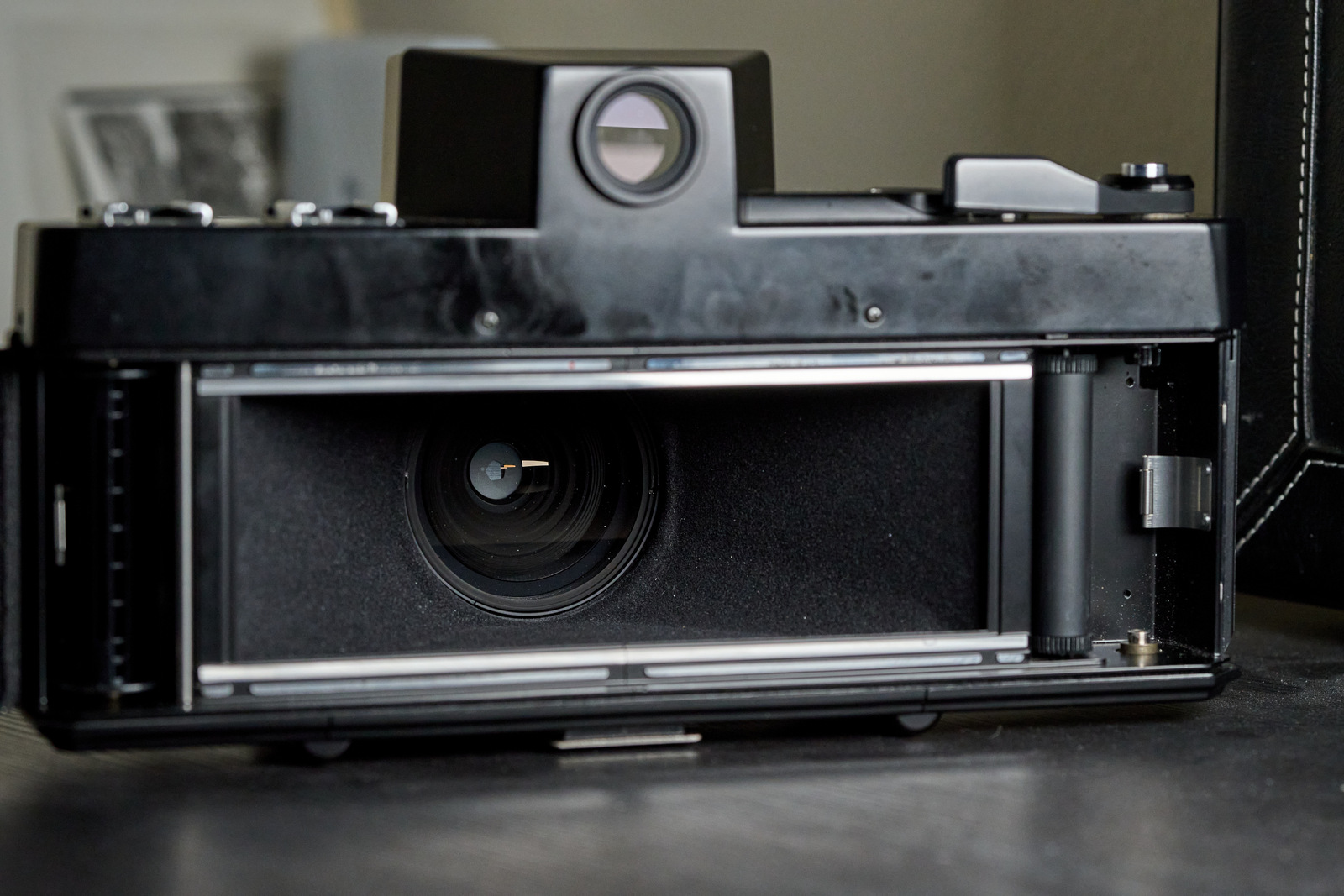
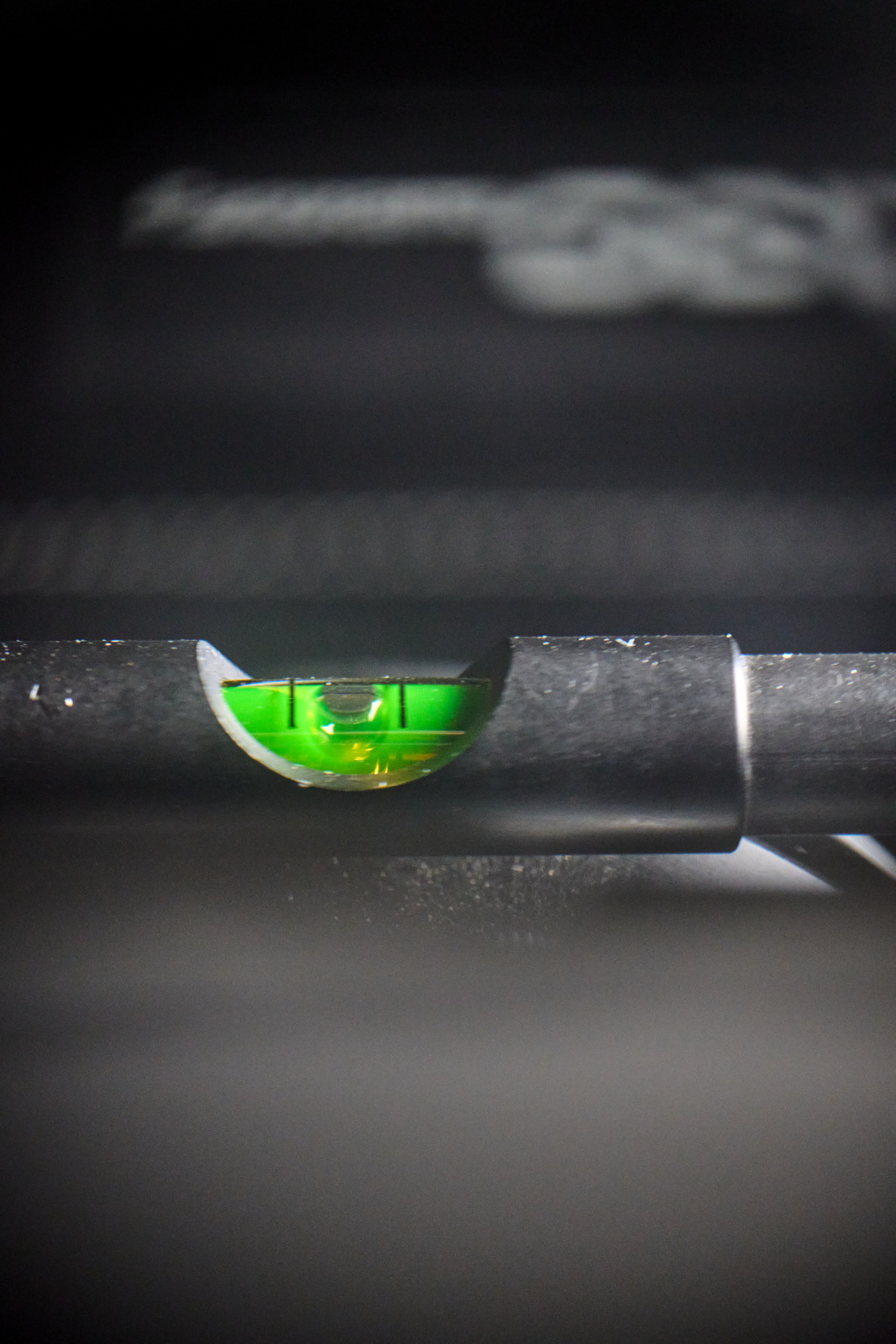
So, why did I rent this camera for fun? I love the 1:2.5 aspect ratio, but the top of the line Hasselblad Xpan camera is just out of reach. The local camera shop has this camera for rent, which is the Xpan on steroids. Over the Thanksgiving holiday, Dan and I took this camera out for a spin around town. I shot a total of 15 rolls (60 shots), 9 rolls of BW, 4 rolls of color and 2 rolls of slide film. I’ve also shot a roll of Ilford HP5 on the Horizon Perfekt as comparison for some of these shots (click here for comparison). Location-wise, we went to Williams, Eastbank Esplanade, Portland downtown, Adidas campus, St. John, Reel college and Pittock Mansion. We were lucky – the weather has been crappy and rainy, but we got 3 days of sunshine! It is as if spring is around the corner…
Note: Click on the pictures, and zoom in. There are lots of pixels for everyone to enjoy. :)
Eastbank Esplanda

Portland Downtown

Adidas Campus

Got to get the basketball hoop! Would be awesome if a ball was in midair.


I love this tree so much. Wasn’t sure if I could capture it, but I think it got the feeling:

St. John
This film is very expired, thus the heavy color shift. Mt. Adam is actually in the distance, but the film couldn’t capture that, and the picture isn’t exactly crisp (bridge was wobbling with nonstop traffic)

Reed College


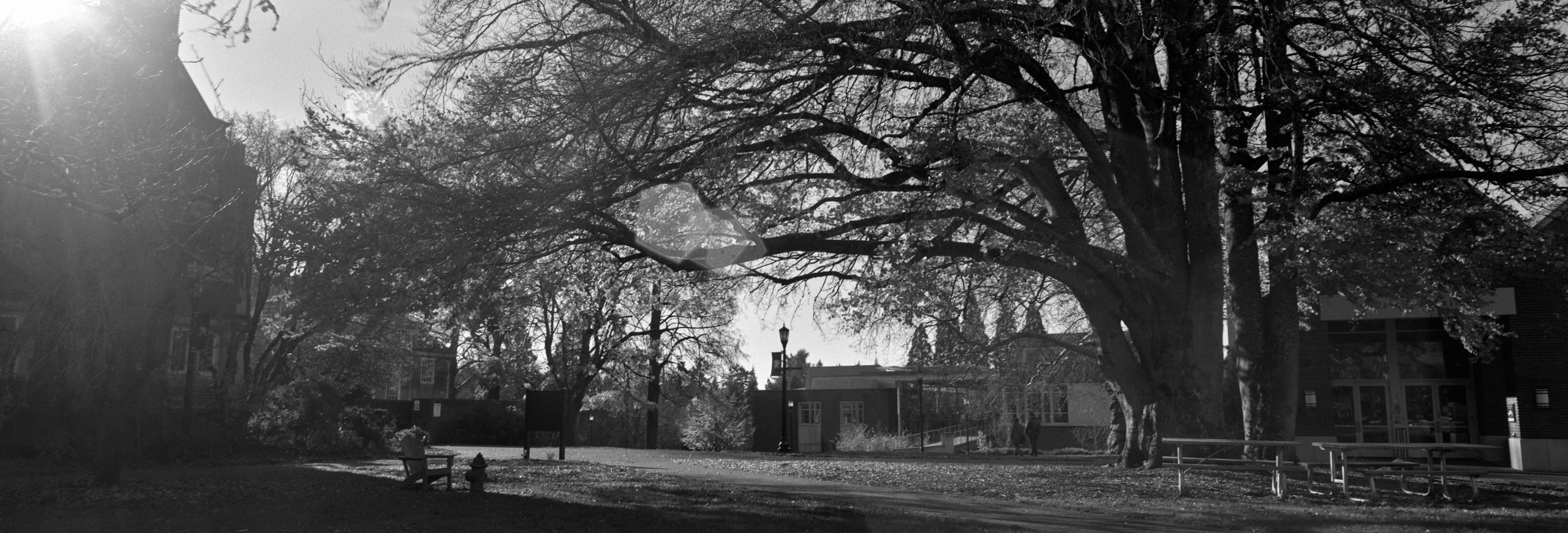

Pittock Mansion

I just want to say, my camera was the largest compared to the dozen of other cameras here!

Overall, I dislike this camera. The negatives came back amazing, but a lot of effort was needed during post-processing to digitize these negatives. Most of my cameras are small, tiny, and relatively light for run and gun action, but this is a monstrosity. It took me minutes to see a scene, set down the camera, compose, set the camera and shoot. That’s on top of having to carry the extremely large and heavy camera around town, and the viewfinder is at best 85% of what the lens will shoot. The 4 shots a roll are both expensive on the wallet, and a lot of time spent loading and unloading film. As much as I swear I’ll never shoot this camera again, I can see that this is the “only” way to shoot this format. The next version, the GX617, cost a few times more if you want all the lenses. Otherwise, one would have to go to a larger format, which is slower, heavier, and more expensive. However, I do love the shots as they are without the signature distortion that comes with a swing lens setup (such as the Horizon Perfekt). Which means… the Xpan is back on the table?

3 thoughts on “Fujifilm G617”